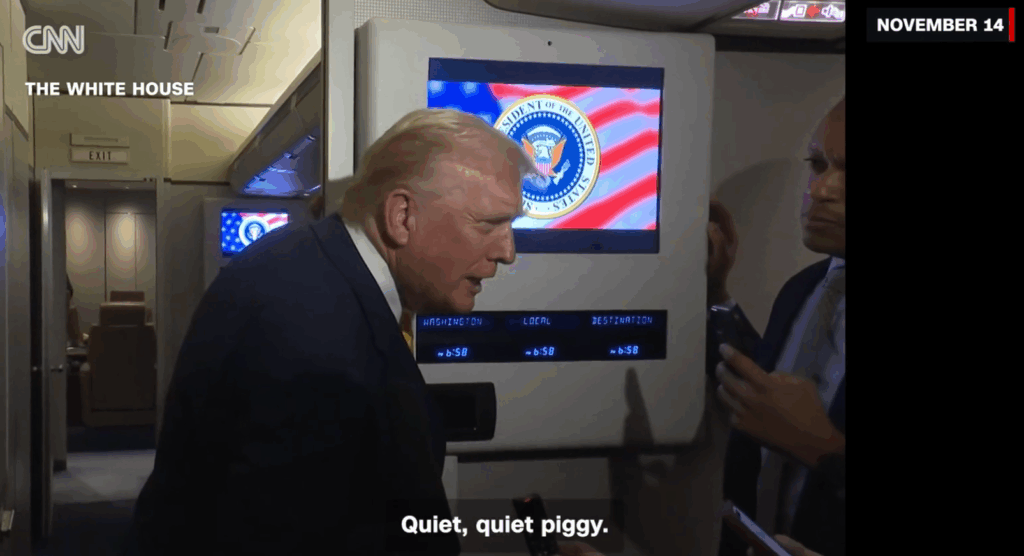U.S. marketers are planning a significant increase in new premium and incentive programs between now and the third quarter of 2005. And while businesses are finding creative ways to recognize their sales reps and other employees, more than half of the programs considered in a recent survey are geared toward customers.
These are just two of the key findings from proprietary research on P&I usage conducted for PROMO in August 2004 among its print and online readers. About one-third (36.5%) of brand managers polled said they have P&I programs in place right now. That number, however, should reach 52.5% by August 2005, based on their intentions for the next 12 months.
Spending on premiums and incentives was relatively modest in 2003, with 34% of those surveyed spending less than $25,000 for their programs. Another 20% had budgets in the mid-range of $25,000 to $250,000, while 15% had annual budgets exceeding a quarter of a million dollars. (The last 32% of respondents were unwilling to disclose the size of their budgets.) The average program budget among those surveyed was $819,000 (the median budget was $22,500). (See Chart)
By the time it is tallied, spending in 2004 should be comparable, with 36% of the PROMO poll audience saying they will spend $25,000 or less. About 22% will fall into the mid-range, and 14% expect to exceed the quarter million-dollar mark. In a slight shift upward, the 2004 average budget is expected to be $845,792 across the survey sample (median unchanged).
However, expectations for 2005 are stronger, perhaps as a reflection of increasing confidence in the recovering economy. Thirty percent of the survey base said they plan to increase their incentive spending in 2005, while 8% will decrease such spending, and 58% will maintain at current levels.
What are the goals for these programs? The majority of respondents (54%) said they run them for their customers, while 24% say they have structured their P&I efforts to motivate sales reps, and 10% say they use such programs for non-sales employees. Another 12% use these programs to motivate assorted audiences, including brokers, dealers and consumers.
When asked to be more specific about their goals, 56% of those polled said they use premiums and incentives to motivate new purchases; 52% want to build customer and brand loyalty; and 50% want to reward their top customers.
Tied for third place among P&I priorities, 50% said they wanted to reward their sales reps; 32% said they want to reward their other top performers; 28% want to reward a team; and just 24% said they use premiums and incentives to foster employee retention. (See Chart)
The structure and budgets underlying P&I programs get consideration at the highest corporate levels. Such decisions were made at the CEO-level for 30% of companies polled, and at VP-level in another 34% of firms. Twelve percent said directors had approval on P&I programming, while managers had the authority at 22% of the companies in the survey.
How do they know they’re getting the desired results from these programs? Customer surveys provide ROI answers for 44% of those in the study; 32% rely on employee surveys; another 38% depend on other measures, such as sales increases, customer return rates, renewal rates, employee turnover and the somewhat-nebulous “management review.”
And so? Fifty-two percent say they are getting the ROI they expect from their incentive programs, while 10% say they are not; 34% admit they just don’t know.
Cash is the most popular reward, used by 28% of programs; 18% use gift certificates, 14% use dining and entertainment rewards and 10% of those polled use travel or vacation incentives. Among the other incentives (24%) mentioned anecdotally by survey participants were catalog merchandise, camping equipment and candy. (See Chart)
Structured incentive promotion and fulfillment programs are in place at about 54% of the companies surveyed; 30% have adopted online programs and another 24% use print catalogs to convey program rules and rewards to candidates. The remaining 60% use less formal techniques as sales sheet notes, messages attached to invoices and face-to-face exchanges.
About 52% of P&I programs rely on a fulfillment company to make sure rewards are delivered to the recipients, while another 46% don’t rely on outside fulfillment at all. Whether reliant upon an outside provider or managed in-house, 40% of those surveyed say rewards go out within two weeks; 20% say this takes two to four weeks; another 18% say four to six weeks; while 12% admit to taking more than six weeks to fulfill rewards (the last 10% wouldn’t say either way).
At a premium
Premium gifts remain popular with both internal employee/rep audiences as well as external customers. A significant majority (62.8%) use customized items as premiums, with a brand name or product featured on the gift, while just 30.7% reported no customizing of company premiums.
Shirts were ranked highest (24.1%) for premium usage, followed by pens (16.8%), electronic devices (9.5%), caps and mugs (5.1% each) in popularity. Among the other premiums mentioned by the survey pool were calendars and daily planners, clocks, gift cards, gym bags or totes and housewares. (See Chart)
Premiums are most typically distributed as a gift-with-purchase (43.1%); 5.8% offer these as a purchase-with-purchase. Another 38.7% offer these more loosely “as needed” at trade shows, customer meetings, via street marketing, as event prizes, or as seasonal gifts. One survey participant said simply, “We use these whenever we need to bribe the customer. We give them honest, good value and great service, but sometimes they need that extra push.”
Methodology
Data collected August 11-August 21, 2004 by PBMM Marketing Research via an e-mailing to 3,723 subscribers of PROMO magazine. These were selected on an nth name basis from readers in the manufacturing, retailing and service industry sectors. With 137 completed surveys, the poll had a 4.2% response rate.
To purchase the survey visit The Marketers Research Store



